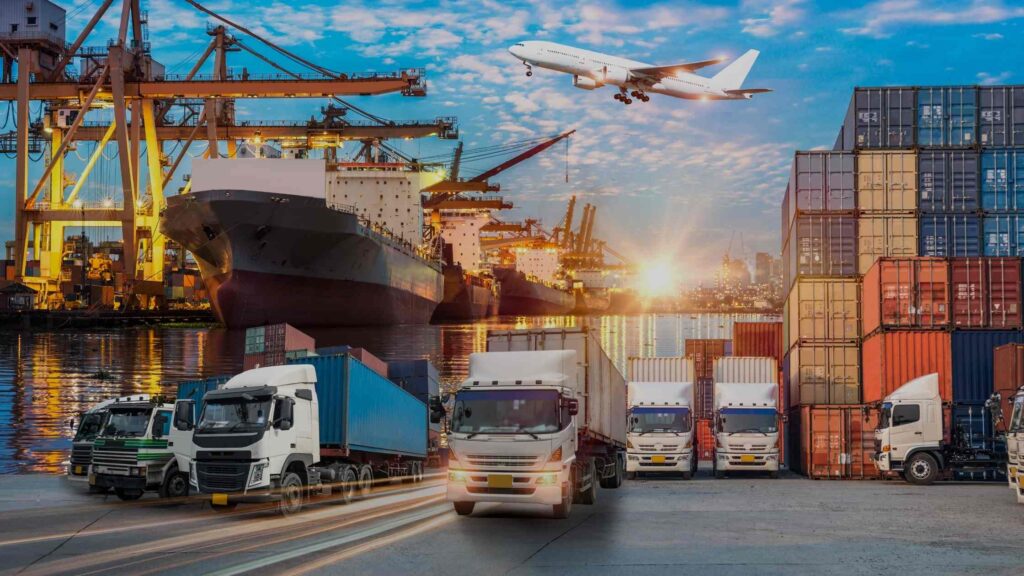Logistics is the process of planning, implementing, and controlling the efficient flow of goods, services, and related information from the point of origin to the point of consumption in order to meet customer requirements. It is a broad term that encompasses a wide range of activities, including:
- Transportation: The movement of goods from one location to another.
- Warehousing: The storage of goods in a secure and efficient manner.
- Inventory management: The control of the flow of goods through the supply chain.
- Packaging: The design and preparation of goods for transportation and storage.
- Documentation: The preparation and processing of shipping documents.
- Customer service: The handling of customer inquiries and complaints.
Logistics is an essential part of any business that relies on the movement of goods. By optimizing its logistics operations, a business can improve its efficiency, reduce its costs, and improve its customer satisfaction.
Here are some examples of logistics in action:
- A retailer needs to ensure that its products are delivered to stores on time and in good condition.
- A manufacturer needs to coordinate the delivery of raw materials to its production facilities and the distribution of finished goods to its customers.
- A shipping company needs to plan the most efficient routes for its cargo and ensure that it is delivered on time.
Logistics is a complex and ever-changing field. New technologies and trends are constantly emerging, which means that logistics professionals need to be constantly learning and adapting. However, the basic principles of logistics remain the same, and by understanding these principles, businesses can improve their logistics operations and achieve their goals.
I hope this helps! Let me know if you have any other questions.




